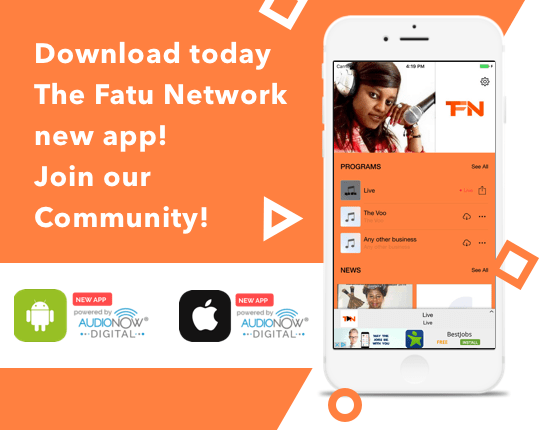By Alieu Jallow
Magistrate Muhammed Krubally, chairperson of the Gambia Federation of the Disabled (GFD), has called on national and private TV stations to include sign language interpretation in disaster-related programming, emphasising that persons with disabilities (PWDs) have a right to equal access to life-saving information during emergencies.
Magistrate Krubally highlighted the absence of sign language interpretation on both national and private television channels, calling it “discrimination.”
He made the call during a two-day training held from 30th June to 1st July 2025, on promoting and protecting the rights of persons with disabilities. The event, held in partnership between the National Human Rights Commission (NHRC) and the National Disaster Management Agency (NDMA), focused on inclusive disaster risk reduction (DRR) policies and emergency response planning.
“When disasters strike, everyone deserves to receive information on an equal basis, including the deaf and hard of hearing. Very rarely do we see sign language interpretation on national or private television. That’s discrimination,” Magistrate Krubally said.
He stressed that the media’s failure to cater to PWDs, particularly by excluding sign language in DRR programmes, leaves a significant portion of the population uninformed and unprepared.
“You see people sitting as panellists discussing national emergencies, but there’s no interpreter. That’s a violation of our basic rights under Article 1 of the 1948 Universal Declaration of Human Rights,” he added.
The GFD chair further highlighted that access to timely, clear, and accessible information could empower PWDs to engage in national and global conversations, especially around emergency preparedness.
“Without interpretation, the deaf are just spectators in their own country,” he said.
He also pointed out that limiting DRR communication to radio excludes blind and visually impaired persons, many of whom rely on alternative formats, such as braille, screen readers like JAWS (Job Access With Speech) and NVDA (NonVisual Desktop Access), and other assistive technologies.
“These are readily available solutions. Low vision individuals, for example, can access content if fonts are made larger or bolder.”
Krubally also called for the translation of disaster content into local languages in audio formats for those who may not understand English.
“We have to recognise that not everyone speaks or reads English. Translating information into local languages and accessible formats is not a luxury, it’s a necessity.”
Referencing the UN Convention on the Rights of Persons with Disabilities (CRPD), particularly Article 2, he said effective communication strategies during disasters should consider all forms of disability and communication needs. “We can’t talk about resilience while ignoring those most at risk.”
As climate change increases the frequency and intensity of disasters, Krubally’s call is a reminder that inclusivity must be central to national disaster risk management strategies.




